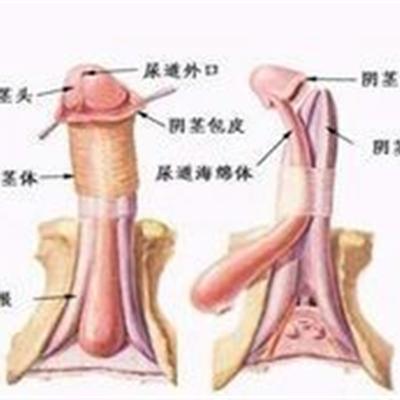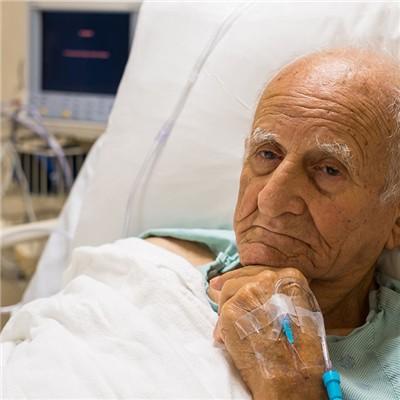What are the causes of tachyarrhythmia
summary
Arrhythmia is generally divided into rapid and slow two cases, usually caused by disease, need to understand the specific cause. Let's take a look at the causes of tachyarrhythmia.
What are the causes of tachyarrhythmia
First, ventricular tachycardia and ventricular fibrillation. Ventricular tachycardia is more common in patients with organic heart disease. Torsade is a special type of ventricular tachycardia, which is more common in long QT syndrome and can be divided into congenital and acquired. If ventricular tachycardia is not treated in time, it can turn into ventricular fibrillation. Ventricular fibrillation is the most serious arrhythmia.

Second: supraventricular paroxysmal tachycardia. It is paroxysmal fast and regular ectopic rhythm, heart rate is generally 160-220 beats / min, but there are also slow to 130 beats / min or fast to 300 beats / min. According to the pathogenesis, it can be divided into atrial, atrioventricular nodal reentry and atrioventricular bypass reentry. It is common in patients without organic heart disease, with unknown etiology. It can also be seen in rheumatic heart disease, cardiomyopathy and coronary heart disease.

Finally: other causes include electrolyte or endocrine disorders, anesthesia, hypothermia, thoracic or cardiac surgery, drug effects and central nervous system diseases, some of which are unknown.

matters needing attention
According to the symptoms of patients with arrhythmia, the type of arrhythmia and its impact on hemodynamics, we should judge whether treatment is needed. Frequent occurrence of similar diseases, it is best to go to the regular hospital for diagnosis and treatment.










